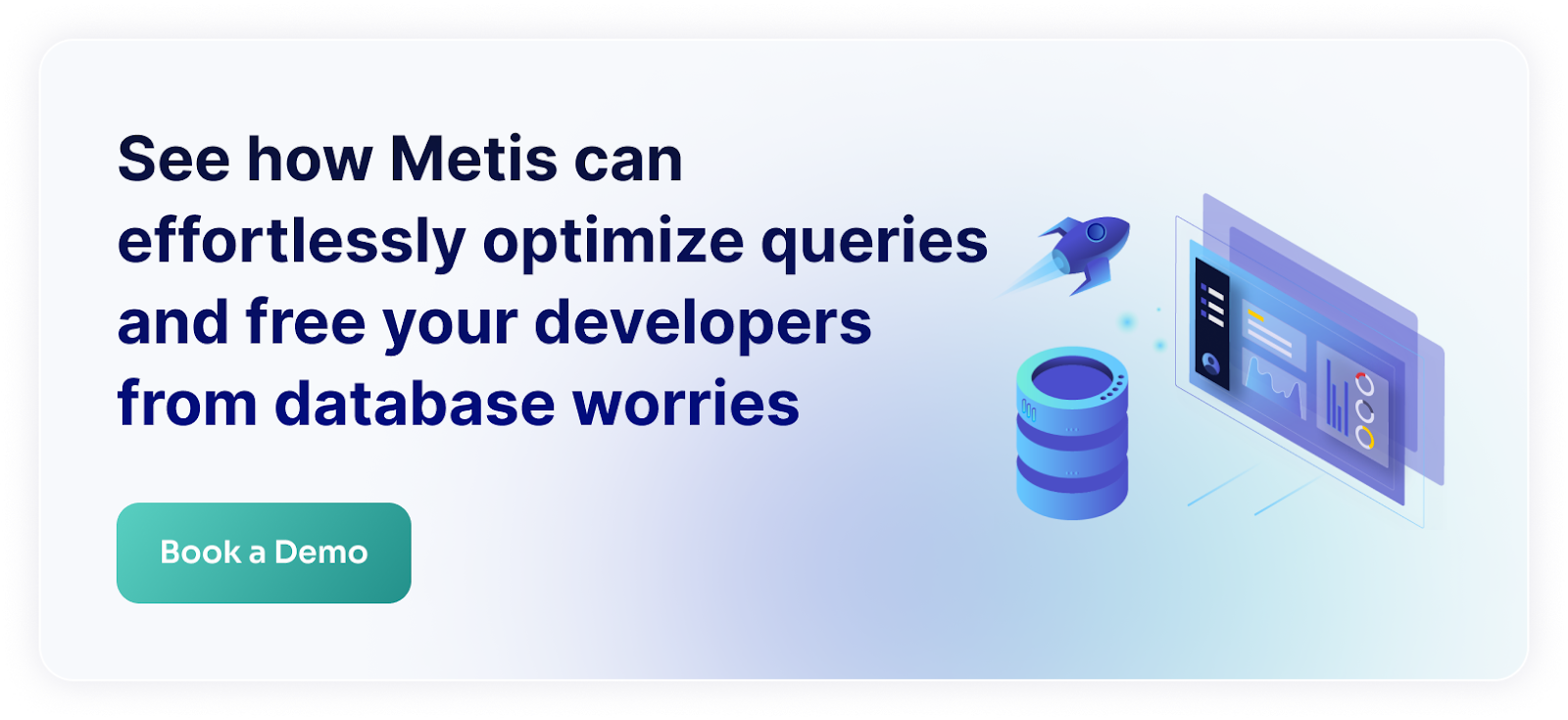Managing database configurations can quickly become a daunting and intricate task, often posing significant challenges. To tackle these difficulties, it’s essential to adopt efficient strategies for streamlining schema migrations and updates. These practices facilitate smooth database transitions while reducing downtime and minimizing performance issues. Without such measures, the risk of data loss increases - much like the situation KeepTheScore faced. Learn how you can steer clear of similar pitfalls.
Tests Don’t Cover Everything
Databases are susceptible to a range of failures but often lack the rigorous testing applied to applications. Developers typically prioritize ensuring that applications can read and write data correctly, overlooking critical aspects such as operation efficiency and mechanics. Key factors like proper indexing, avoiding unnecessary lazy loading, and optimizing query performance are frequently neglected. For instance, while query results are validated for correctness, the number of rows processed to generate those results is rarely analyzed. Additionally, rollback procedures are often ignored, exposing systems to potential data loss when changes are implemented. To mitigate these risks, robust automated testing is vital for early issue detection and reducing reliance on manual intervention.
While load testing is a popular method for identifying performance issues, it has significant limitations. Though valuable for preparing queries for production, load testing is costly to implement and maintain. It requires careful attention to GDPR compliance, data anonymization, and application state management. Furthermore, it is usually conducted late in the development process - after changes have been implemented, reviewed, and merged. At this stage, uncovering performance problems means retracing steps or redoing work entirely. Load testing is also time-intensive, often requiring hours to warm up caches and validate stability, making it impractical for catching early-stage issues.
Schema migrations are another area that often lacks thorough testing. Test suites typically run only after migrations are complete, leaving critical factors like migration duration, table rewrites, and performance bottlenecks untested. These issues are rarely evident in testing environments and only surface in production, causing significant disruptions.
The reliance on small, non-representative databases during early development further exacerbates the problem. These setups fail to reveal performance issues, limiting the effectiveness of load testing and leaving schema migrations insufficiently evaluated. The result is slower development, increased risk of application-breaking issues, and reduced agility.
Amid these challenges, there remains an even more critical issue that is frequently overlooked.
Database Changes Are Dangerous
Designing databases and modifying schemas can introduce significant challenges. Beyond the risk of outages caused by schema changes that take several minutes, there is also the potential for data loss when resources are inadvertently recreated. This makes it essential to exercise caution, particularly when deleting any data or structures.
For example, KeepTheScore encountered a serious issue when a script intended to drop and recreate a local database was mistakenly executed against the production server. Despite precautions to limit the script’s scope to local databases, this error led to the loss of recent data. As a result, they were forced to restore a backup, losing several hours of work in the process.
Database Guardrails Got You Covered
Deploying to production inevitably alters system dynamics. CPU usage may spike, memory consumption can increase, data volumes grow, and distribution patterns shift. Rapid identification of these changes is crucial, but detection alone is insufficient. Traditional monitoring tools often bombard us with raw data, providing little context and leaving the burden of root-cause analysis on the user. For example, a tool might highlight a CPU usage spike but fail to identify its cause, forcing teams into time-consuming investigations.
To enhance efficiency and responsiveness, it's essential to move beyond basic monitoring and adopt full observability. This approach delivers actionable insights that pinpoint root causes, rather than overwhelming users with uncontextualized metrics. Database guardrails play a key role in this transition by connecting the dots, identifying interdependencies, diagnosing issues, and suggesting solutions. For instance, instead of merely reporting a CPU spike, guardrails can reveal that a recent deployment altered a query, bypassed an index, and increased CPU consumption. This clarity enables precise corrective actions, such as query optimization or index adjustment, ensuring swift resolution. Shifting from merely "monitoring" to truly "understanding" is essential for maintaining both speed and reliability.
Metis supports this transformation by monitoring activities across development, staging, and production environments, capturing detailed database interactions like queries, indexes, execution plans, and statistics. It goes further by simulating these activities on production databases to evaluate their safety before deployment. This automation shortens feedback loops, eliminating the need for manual testing and reducing developer overhead. By automatically capturing and analyzing database operations, Metis ensures reliable and efficient performance.
Moreover, Metis verifies your database configuration, checking parameters, schemas, indexes, tables, and other elements that could impact production systems. This proactive approach safeguards operations against outages and data loss, delivering peace of mind for your production environment.
Database Guardrails to the Rescue
Database guardrails are designed to proactively prevent problems, deliver automated insights and solutions, and embed database-specific checks throughout the development process. Traditional tools and workflows often struggle to handle the growing complexity of modern systems. In contrast, modern solutions like database guardrails address these challenges by helping developers avoid inefficient code, assess schemas and configurations, and validate every stage of the software development lifecycle directly within their pipelines.
Metis transforms database management by automatically detecting and resolving potential issues, safeguarding your business against data loss and database outages. With Metis, you can scale your business confidently, assured that database reliability is effectively managed and no longer a concern.







